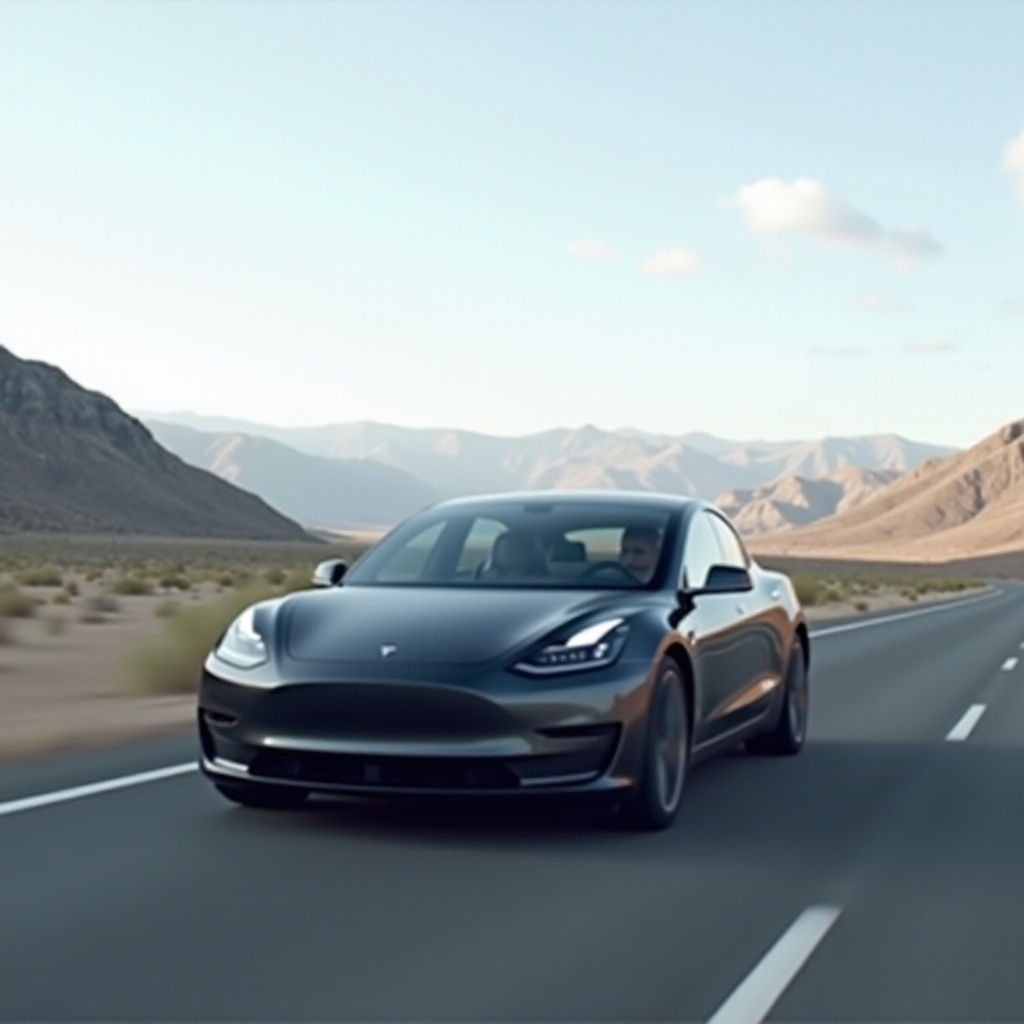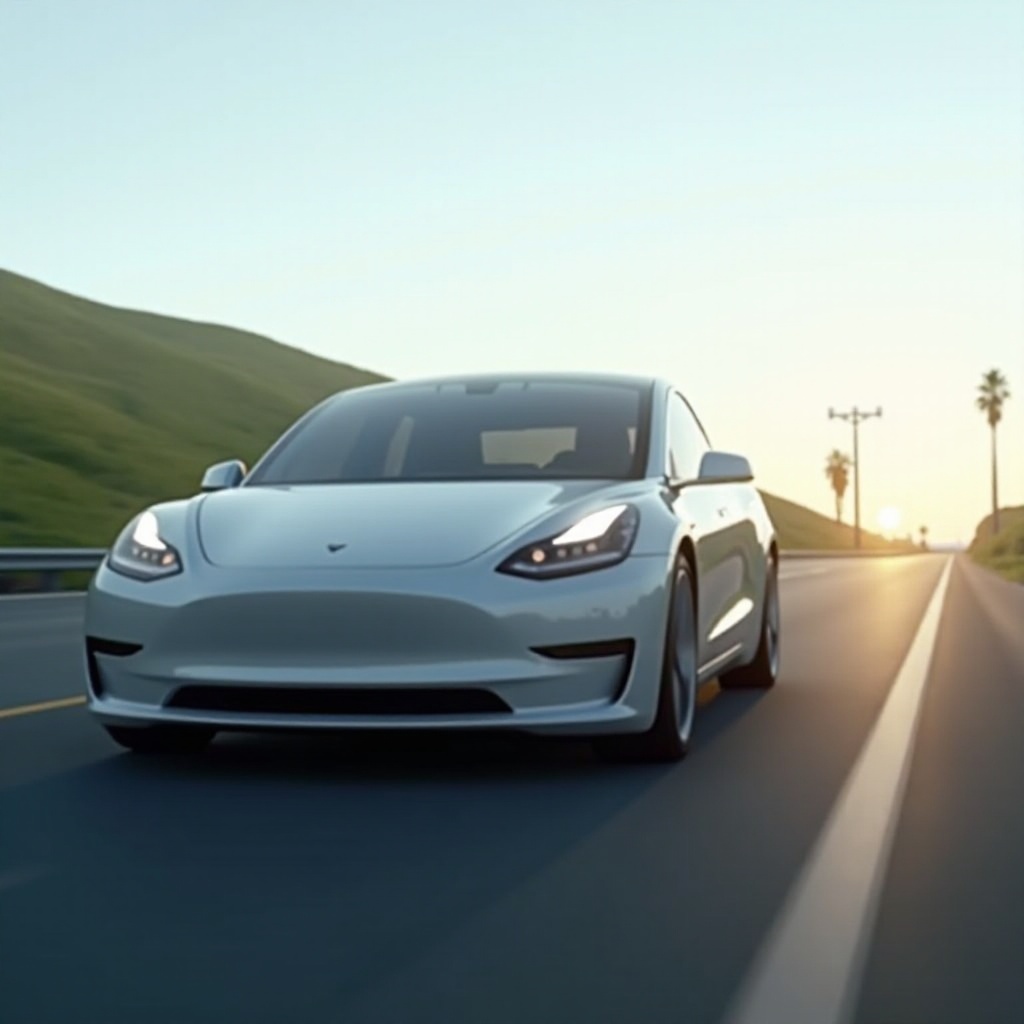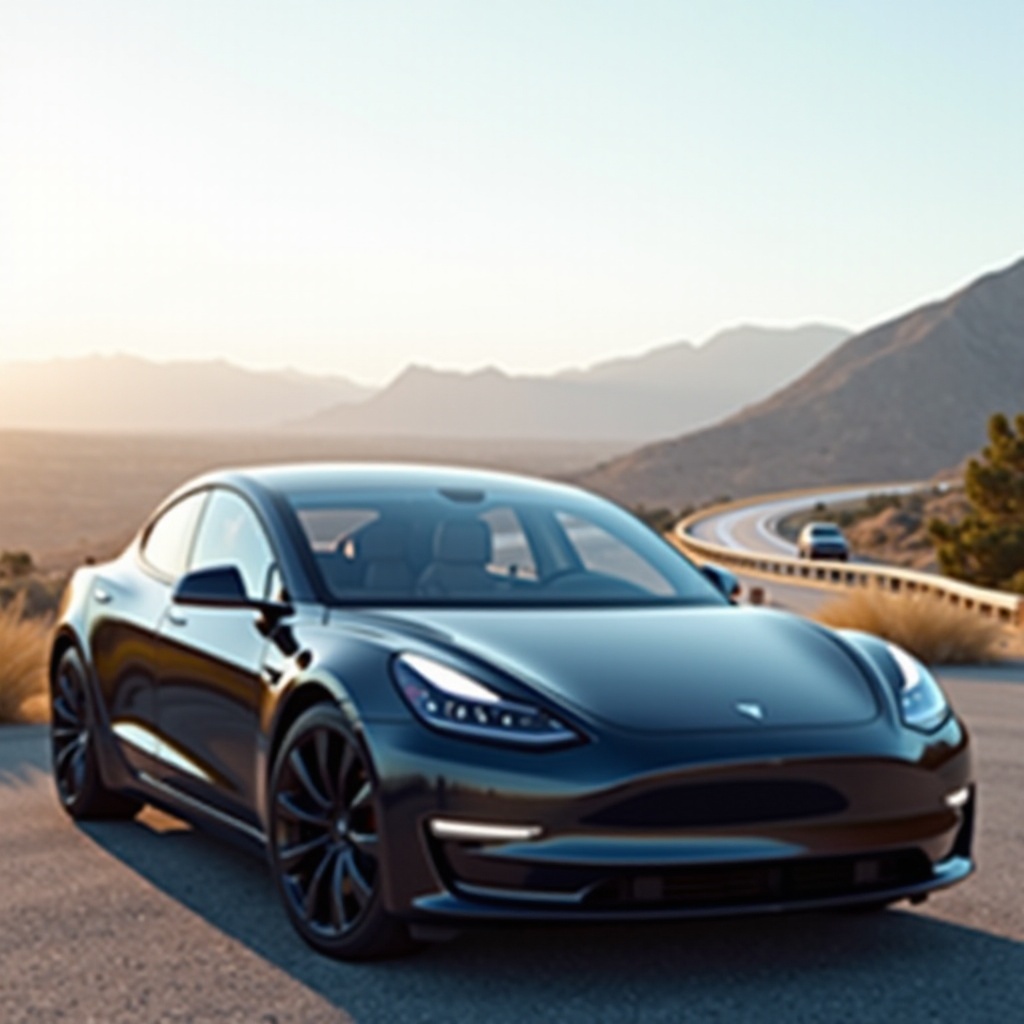Introduction
When considering an electric vehicle, one of the first questions that come to mind is the battery range. Tesla, as a leading electric car manufacturer, frequently gets inquiries about how many miles their batteries can cover. Knowing the range of a Tesla battery is crucial for potential buyers. Understanding the factors that can affect the mileage will help you make an informed decision and get the most out of your vehicle.

Understanding Tesla Battery Technology
Tesla’s battery technology has come a long way since the company’s inception. The cornerstone of these vehicles is lithium-ion battery packs, known for their high energy density and longevity. These battery packs include thousands of individual cells working in unison to power the car.
Tesla continually invests in research and development to enhance the efficiency and range of its batteries. The introduction of new battery configurations, innovative cooling technologies, and software updates contribute to their longevity and performance.
Factors Influencing Tesla Battery Range
Various factors can impact the range of a Tesla battery.
Driving Habits
Aggressive driving such as rapid acceleration and high speeds can significantly decrease battery range. Smooth and steady driving can help maximize it.
Climate and Weather
Extreme temperatures, whether hot or cold, can impact battery performance. In cold climates, battery efficiency drops, whereas in hot climates, the cooling system may consume additional energy.
Load and Passenger Weight
Carrying heavy loads or having more passengers can also reduce the battery range. The extra weight requires more energy, thereby shortening the distance you can travel on a single charge.
Terrain and Road Conditions
Driving on hilly or rough terrain can consume more energy compared to flat, smooth roads. Therefore, varying road conditions play a role in how many miles a Tesla battery can offer.
Real-World Battery Range of Popular Tesla Models
Understanding the battery range of various Tesla models can help you choose the right vehicle for your needs.
Tesla Model S
The Tesla Model S is designed for long-distance travel. The latest models boast a range of up to 405 miles on a single charge under optimal conditions.
Tesla Model 3
The Model 3 is a more affordable, yet highly efficient option. Depending on the configuration, it can travel between 272 to 358 miles on a full charge.
Tesla Model X
As an SUV, the Model X offers a bit less range compared to the Model S but still achieves up to 348 miles, making it suitable for long journeys with family or heavy cargo.
Tesla Model Y
The Model Y, being a compact SUV, provides a balance between range and utility. Typically, it can cover 244 to 326 miles per charge, depending on the model configuration.

Maximizing Your Tesla Battery Life
Extending the battery life of your Tesla not only ensures better performance but also increases the overall lifespan of the vehicle.
Efficient Charging Practices
To prolong your battery life, avoid frequent use of high-power charging stations. Whenever possible, use regular household outlets or less powerful public chargers. Also, avoid charging your battery to 100% regularly; aim for an 80-90% charge.
Regular Maintenance Tips
Regular software updates and maintenance checks are essential. Tesla often releases updates that optimize battery performance, so keeping your software current is crucial. Routine checks can detect any issues early, preventing long-term damage.
Software Updates and Energy-saving Features
Tesla cars come equipped with various energy-saving features. Use ‘Range Mode’ to optimize energy consumption and pay attention to software updates that can enhance efficiency.

Future of Tesla Battery Technology
Tesla continues to push the boundaries of battery technology.
Advancements in Battery Chemistry
Future advancements in battery chemistry aim to increase energy density and reduce production costs, which will likely lead to longer-range batteries at a lower price point.
Tesla’s 4680 Cells
Tesla’s new 4680 cells promise a breakthrough in electric vehicle technology. These cells are designed to provide greater range, faster charging times, and improved overall performance. As production ramps up, these cells are expected to become standard in new Tesla models.
Conclusion
The battery range of a Tesla vehicle can vary based on several factors, including model type and external conditions. By understanding and managing these factors, you can maximize your battery’s range and lifespan. Tesla continues to innovate, promising even greater battery performance in the future.
Frequently Asked Questions
How long does a Tesla battery last?
A Tesla battery is designed to last between 300,000 to 500,000 miles, equivalent to about 1,500 charging cycles, which is typically about 10-20 years of regular use.
How can I extend my Tesla battery’s range?
To extend your Tesla battery’s range, practice smooth driving, avoid extreme temperatures, reduce excess load, and keep your software updated.
What is the warranty on a Tesla battery?
Tesla offers an 8-year or 150,000-mile warranty on its batteries, whichever comes first, providing assurance for long-term use and reliability.


